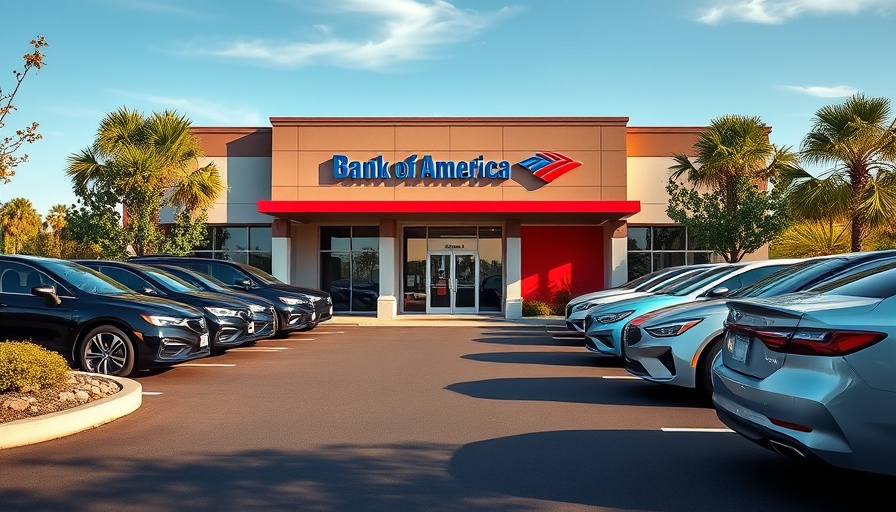
The Evolution of Trade-Ins in the Automotive Industry
In an era where digital interactions shape consumer preferences, the automotive trade-in landscape has shifted dramatically. Traditionally, dealerships relied on face-to-face negotiations to determine the value of trade-ins. Now, platforms like Kelley Blue Book and online marketplaces allow customers to gain insights into their vehicle's worth before ever visiting a dealership. This evolution signifies a growing demand for transparency in transactions. As consumers increasingly educate themselves online, dealerships must adapt or risk losing these valuable interactions.
Building Customer Trust Through Transparency
Establishing trust is integral to the car-buying experience, particularly during trade-ins. When customers enter negotiations feeling informed about their vehicle's value, they are more likely to have a positive experience. Implementing transparent tools that allow customers to assess their trade-in values can alleviate some of the pressure associated with haggling. A study by Cox Automotive notes that consumers feel empowered when provided with information upfront, leading to higher satisfaction rates and repeat business.
Strategies for Effortless Trade-Ins
Dealerships looking to excel should focus on streamlining the trade-in process into three key areas: digital engagement, clear communications, and a streamlined process. Offering online valuation tools, as suggested by industry leaders, empowers customers to make informed decisions anytime, anywhere. Further, clear explanations of how trade-in values are assessed foster an understanding that demystifies the process. While traditions in car sales may emphasize face-to-face negotiations, implementing technology can provide a smoother, more efficient experience with less friction.
The Benefits of a Robust Trade-In Process
Incorporating a transparent and efficient trade-in system not only enhances customer satisfaction but also drives loyalty. Customers who feel valued and respected are far more inclined to return to the same dealership for future purchases. According to Kelley Blue Book, satisfied trade-in customers often refer friends and family, creating additional foot traffic and opportunities. Improved loyalty means higher sales over time, representing a return on investment for the tools and technology implemented to create a positive experience.
Future Predictions: Innovation’s Role in Trade-Ins
As technology continues to advance, the role of AI and machine learning will expand in trade-in evaluations. Automated systems can predict demand curves based on regional trends, enabling dealerships to offer values that are attractive yet competitive. Additionally, emerging digital finance options, such as integrated financing calculators, can provide customers with clarity on their used car loans or financing rates as they navigate trade-ins. This holistic approach could ensure a more seamless transition into a new purchase while enhancing the overall experience.
Emerging Tools for Trade-In Management
Tools such as the used car loan calculator can be beneficial for both customers and dealerships. These calculators allow potential buyers to see how trade-in values impact their financing options. For dealerships, having access to real-time data about current used car financing interest rates can inform their offers. Simplifying complex financial terms into easily digestible insights can satisfy the inquisitive buyer while positioning the dealership as a helpful resource throughout the buying journey.
In summary, transforming the trade-in experience into a cornerstone of customer engagement is essential for today’s dealerships. Fostering transparency and using technology to streamline processes not only enhances customer satisfaction but drives loyalty and sales in the long run. As we look forward, embracing innovation will be crucial in meeting the evolving needs of car buyers.
 Add Row
Add Row  Add
Add 




Write A Comment